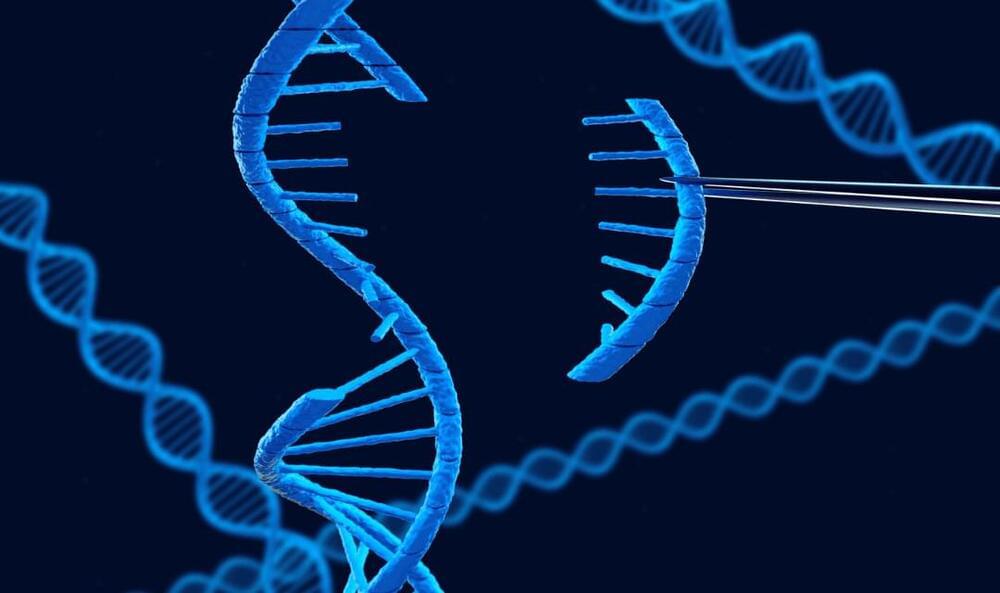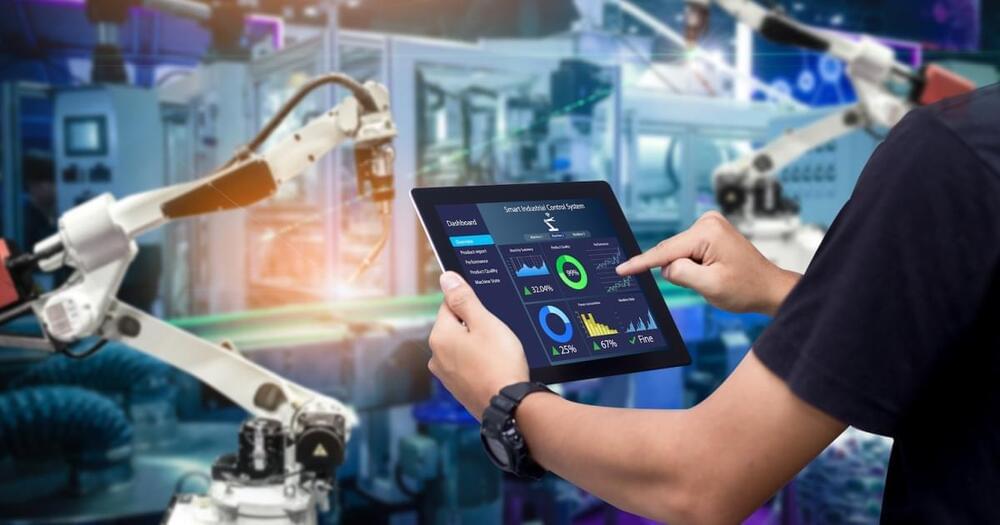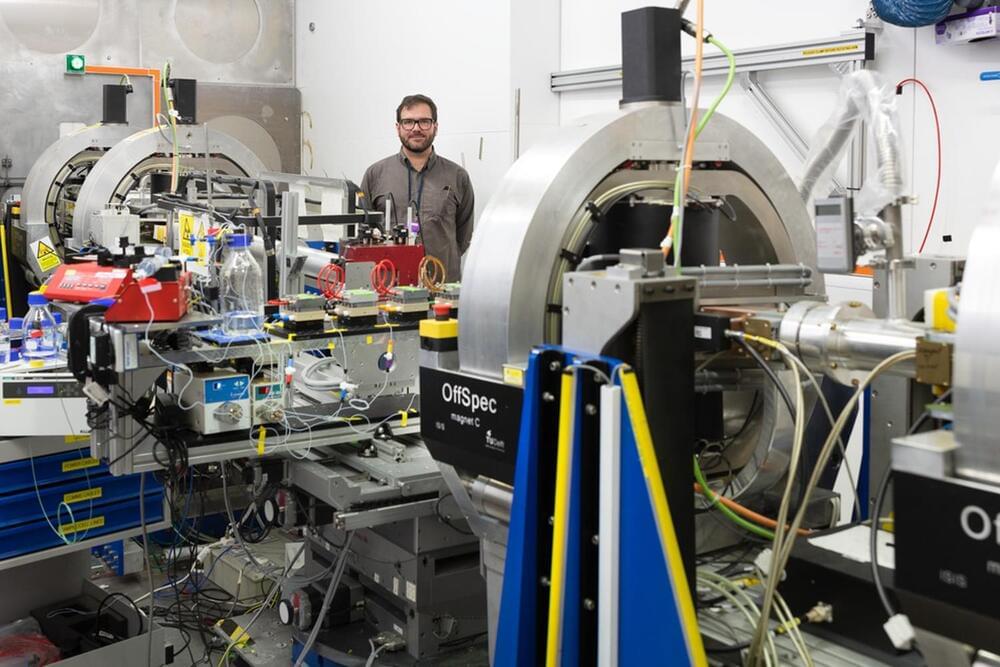A first-generation 2007 iPhone sold for more than $63,000 in an online auction Sunday, more than 100 times its original cost. Dubbed a “first-edition” device by auctioneer LCG Auctions, the box had never been opened.
The original iPhone cost $599 and offered early Apple adopters a 3.5-inch screen with a 2-megapixel camera, plus 4 GB and 8 GB storage options, internet capabilities and iTunes. It had no app store, ran on a 2G network and was exclusive to AT&T’s network.
Bidding on this phone began online earlier this month at $2,500. All told, there were 27 bids on it, according to LCG’s website. Mark Montero, founder of LCG Auctions, told CNN that 10 buyers vied for the iPhone and the winner was “an individual from the US.”



